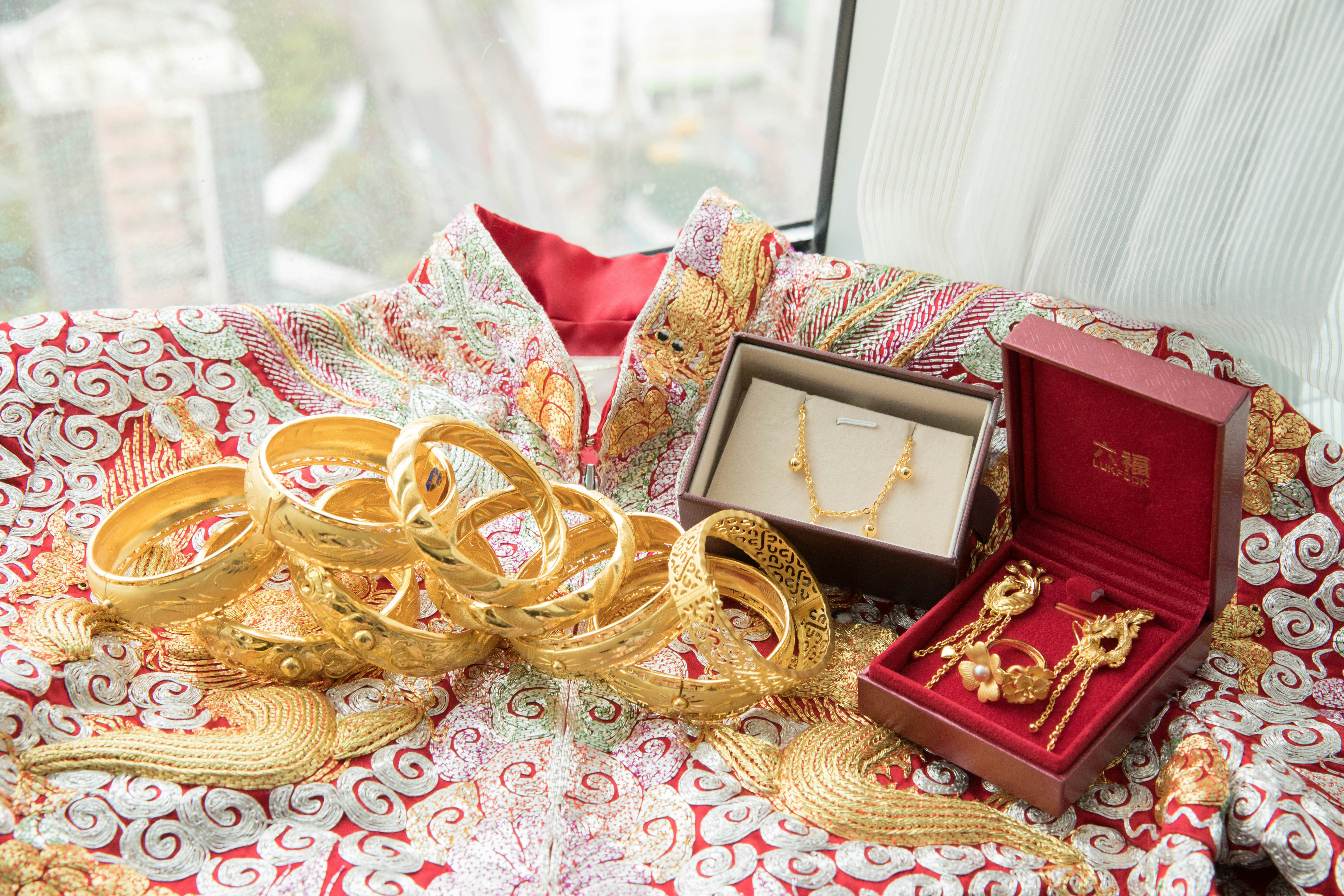Discover the Future of Diamonds in Surat
Sonani Jewels has opened the world’s largest lab grown diamond jewellery store in Surat, India’s diamond capital. Spread across 18,000 sq. ft., the showroom blends craftsmanship, sustainability, and innovation. As a result, Surat now offers shoppers a modern space to explore ethical luxury. Moreover, the store highlights the city’s growing role in lab grown diamonds.
For readers exploring jewellery basics, see our guide on 24K, 22K, 18K: What Every Malayali Gold Buyer Must Know.
Why Surat Leads the Diamond World
Surat is known for polishing 90% of the world’s natural diamonds (GJEPC), making it a global hub for diamond excellence. Therefore, it is no surprise that Sonani Jewels chose this city for its flagship showroom. In addition, Surat’s artisans are now applying their skills to lab-grown diamonds. Similarly, the city’s growing demand for sustainable jewellery makes it the ideal location. However, few stores match Sonani Jewels’ scale and innovation.
Shoppers can also review our article on Understanding BIS Hallmark before making jewellery purchases in India.
The Sonani Jewels Story
- 2015: Started producing lab grown diamonds with CVD technology
- 2017: Expanded into coloured and white diamonds
- 2021: Entered fine jewellery with in-house artisanship
- 2023: Reached global buyers through e-commerce
- 2025: Opened the world’s largest showroom in Surat
Founder Agastya Sonani explains:
“We believe diamonds should be ethical, accessible, and timeless. Today, this Surat showroom reflects our vision for the future.”
What Makes This Store Unique
- Wide collections – bridal, festive, and daily wear
- Custom design services – co-create with artisans
- Eco-friendly lab diamonds – sustainable, conflict-free
- IGI-certified diamonds (IGI Worldwide) – graded for quality and trust
Furthermore, every visitor can expect a transparent buying experience. Also, our knowledgeable consultants guide customers to select the perfect piece. Finally, anyone planning to buy lab grown diamond jewellery in Surat will find unmatched quality and service at Sonani Jewels.
FAQs
Q: Where is the world’s largest lab grown diamond jewellery store?
A: In Surat, India, opened by Sonani Jewels in 2025.
Q: Are the diamonds certified?
A: Yes, every diamond is IGI-certified for quality and trust.
Q: Can customers order custom jewellery?
A: Yes, Sonani Jewels offers design consultations for unique pieces.
India Regional Cultures: A Complete Diversity Guide
India regional cultures are as diverse as its landscapes. This guide explores traditions, languages, and unique identities across the country. India Speaks FAQ on regional cultures reveals remarkable diversity across the subcontinent. Each state tells a unique story of tradition, heritage, and identity.
This India Speaks FAQ on regional cultures explores how geography, history, and local customs shape the cultural differences across India’s states and territories.
Understanding these regional differences helps you appreciate India’s true cultural richness.
What Makes India’s Regional Cultures Unique?
Each state develops its own distinct language, cuisine, and customs over centuries. Local history shapes traditions and daily life. Geography influences everything from clothing styles to building designs and lifestyle choices.
Examples of regional adaptation:
- Kashmir’s wooden homes with sloped roofs handle heavy snowfall
- Kerala’s houseboats work perfectly with extensive waterways and monsoon climate
- Rajasthan’s thick-walled buildings stay cool in desert heat
These regional adaptations show how different communities respond to their environment while keeping cultural identity.
How Do Regional Foods Reflect India’s Cultural Diversity?
Regional cuisine connects directly to local climate and crops. Coastal regions favor rice cultivation and seafood preparation. Northern states rely on wheat-based breads like roti, naan, and paratha.
Cooking methods vary significantly across regions:
- Mustard oil dominates Bengali cuisine
- Coconut oil is essential in Kerala cooking
- Ghee remains the preferred fat in Rajasthani dishes
When you travel across India, pay attention to these culinary differences. They reveal stories about the land, climate, and cultural preferences. India Speaks FAQ on regional cultures shows these food traditions matter.
Why Are Languages Central to Regional Identity in India?
India speaks through 22 official languages and hundreds of regional dialects. Each language carries unique cultural meaning. Language shapes traditional songs, folk tales, religious festivals, and social customs.
Language examples and their cultural significance:
- Tamil expresses the rich Dravidian heritage of South India
- Punjabi reflects Sikh traditions and agricultural lifestyle
- Bengali carries the literary legacy of Nobel laureate Rabindranath Tagore
- Hindi serves as a connecting language across northern states
Learning even a few local words helps you connect with regional communities. It shows respect for local culture.
What Role Do Festivals Play in India’s Regional Cultures?
Festivals serve as powerful expressions of regional identity. They bring communities together through shared traditions and celebrations. Each region celebrates differently based on local customs, crop cycles, and religious practices.
Regional festival examples:
- North India illuminates Diwali with millions of oil lamps and fireworks
- South India honors Pongal with harvest rituals celebrating farmers and nature
- West Bengal transforms during Durga Puja with art installations, classical music, and community feasting
Each festival reflects the unique cultural values and historical experiences of its region.
Which festival would you want to experience firsthand?
How Does Traditional Clothing Vary Across Indian Regions?
Climate conditions and available resources influence regional clothing styles across India. These variations demonstrate practical adaptation to different environments while maintaining aesthetic preferences.
Regional clothing examples:
- Rajasthan’s desert climate inspires bright turbans, flowing skirts, and mirror-work textiles that reflect heat
- Kerala’s humid tropical climate favors white cotton sarees with golden borders worn during festivals
- Nagaland’s mountainous terrain produces distinctive shawls featuring tribal symbols and geometric patterns
Each style represents clan identity and cultural heritage specific to its region.
How Do Regional Crafts and Arts Represent Cultural Identity?
Traditional crafts carry centuries of accumulated skill and cultural meaning. They serve as living expressions of regional identity. These art forms express creativity through traditions passed down through generations.
Regional craft examples:
- Bihar’s Madhubani paintings feature mythological themes and geometric patterns created by women during festivals
- Kerala’s Kathakali dance combines dramatic storytelling, classical music, and elaborate costumes
- Odisha’s traditional metalwork, particularly brass and bronze artifacts, carries deep ritual meaning in temple worship
Supporting these regional crafts helps preserve cultural heritage. It provides sustainable livelihoods for traditional artisans.
Why Should You Explore India’s Regional Cultures?
Exploring regional cultures offers experiences beyond visiting monuments and tourist attractions. You engage directly with daily life, authentic cuisine, and living languages.
Regional travel provides meaningful context rather than surface-level tourist highlights.
Benefits of regional cultural exploration:
- You connect with local communities on a personal level
- You taste authentic dishes prepared with traditional methods
- You hear regional languages and dialects in natural settings
- You witness festivals and ceremonies as they happen in daily life
Each regional visit deepens understanding of India’s diversity. It helps you appreciate how different communities adapt to their environments while keeping distinct cultural identities.
India Speaks FAQ on regional cultures demonstrates what makes the country culturally rich and endlessly fascinating for travelers and cultural enthusiasts.
Which region would you choose to explore first?




